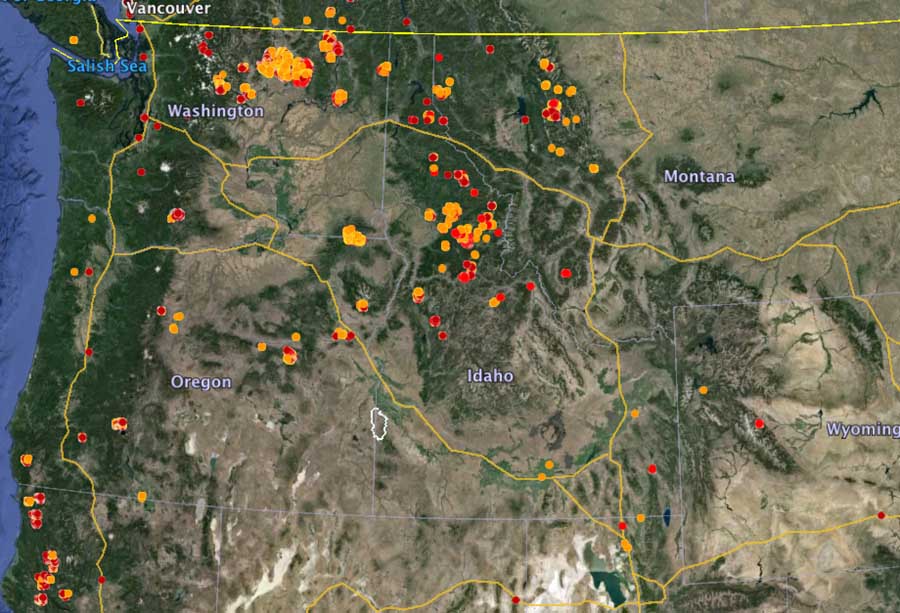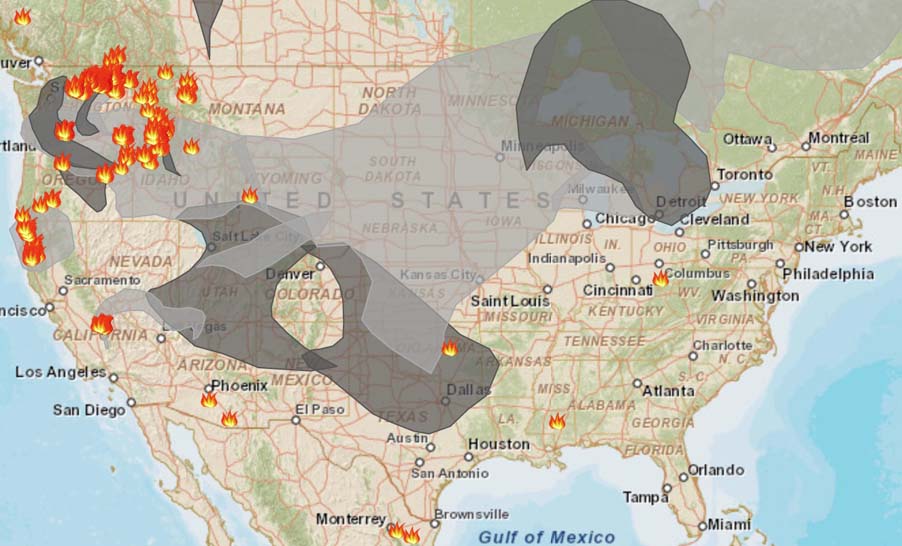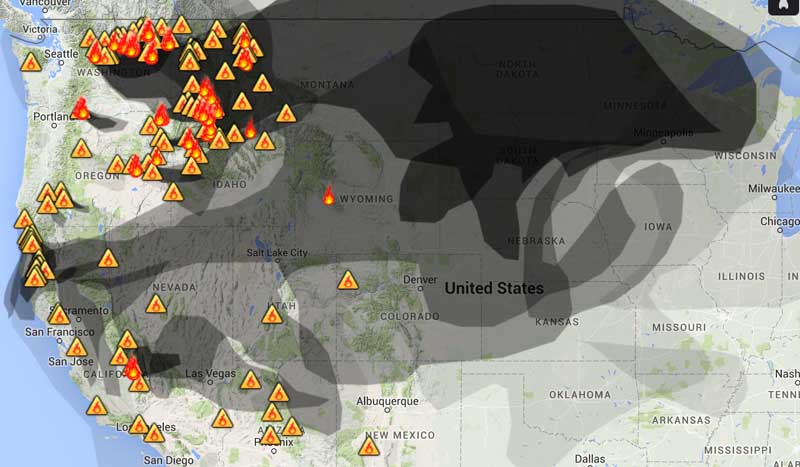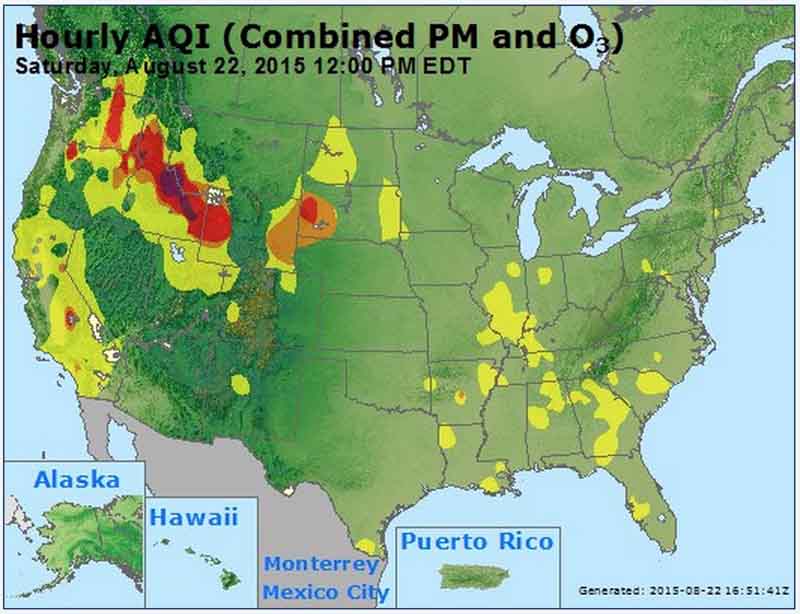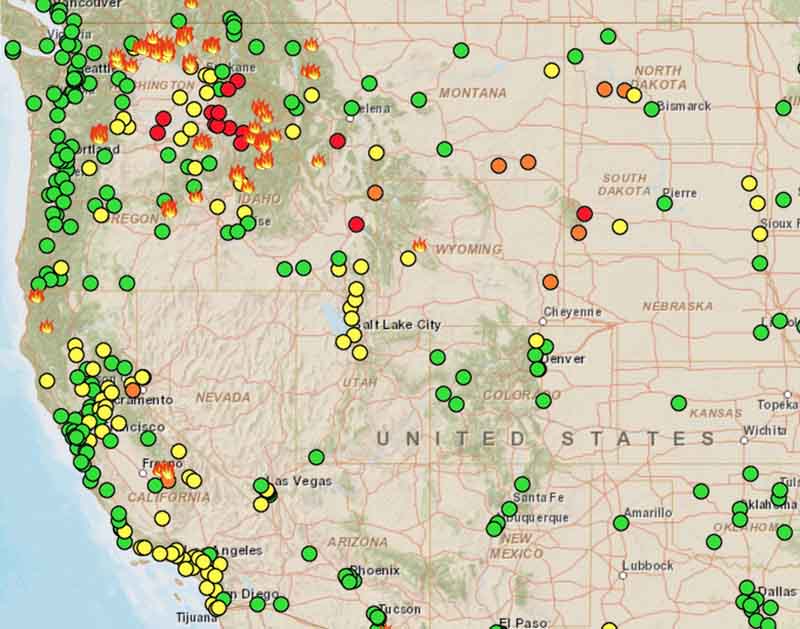The three U.S. Forest Service firefighters that were overrun by fire and killed on the Twisp River Fire in Washington August 19 have been identified as Tom Zbyszewki, 20, Andrew Zajac, 26 and Richard Wheeler, 31.
Their vehicle crashed while fighting a fire west of Twisp, Washington. Fox News reported “Authorities gave few details, shedding no light, for example, on the crash, other than to say that it was not the accident itself that killed the victims, but the fire.”
On Thursday, after a team of investigators assessed the accident site, the bodies of the three firefighters were removed in separate ambulances and transported from the scene in a procession of fire engines and other emergency vehicles.
Four other firefighters were injured, one very seriously. King5 had additional information about the serious injury:
Daniel Lyon, 25, of Puyallup [Washington], was airlifted to Harborview Wednesday in critical condition. Doctors say he suffered third degree burns to over 50 to 75 percent of his body.
Doctors said he was in the resuscitation phase, receiving a lot of fluids, and doctors were trying to stabilize his condition. If his condition improves, doctors hope to move him to the operation phase, where they will remove some of the burns from his body.
Lyon had only been a firefighter for a few months with the U.S. Forest Service before heading to Central Washington to battle the Okanogan Complex Fire.
Q13 reported that the other three injured firefighters were treated at a hospital and released.
The investigation into the accident is being conducted by a team led by John Phipps who currently serves as Station Director of the U.S. Forest Service Rocky Mountain Research Station in Fort Collins, Colorado.



